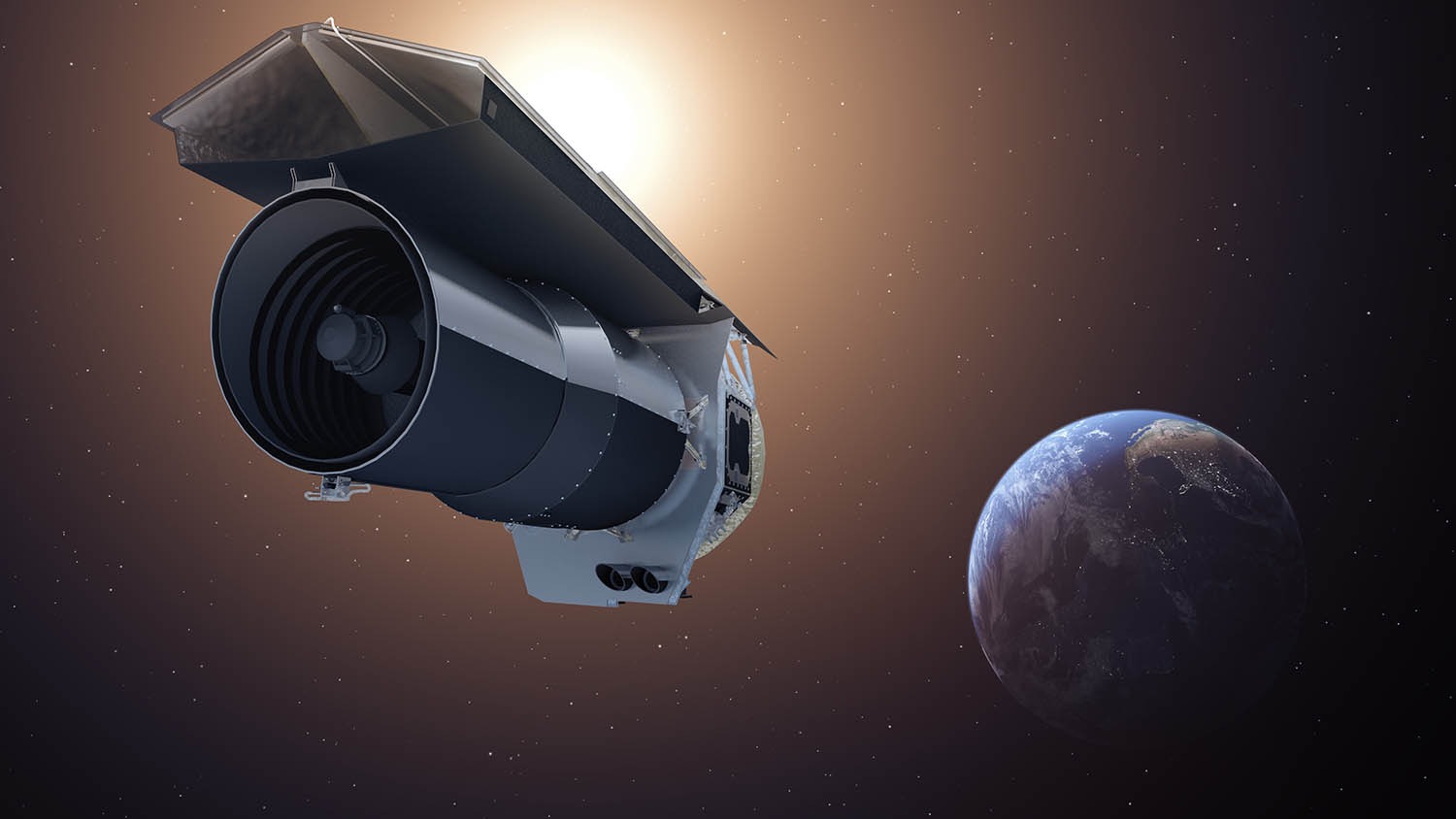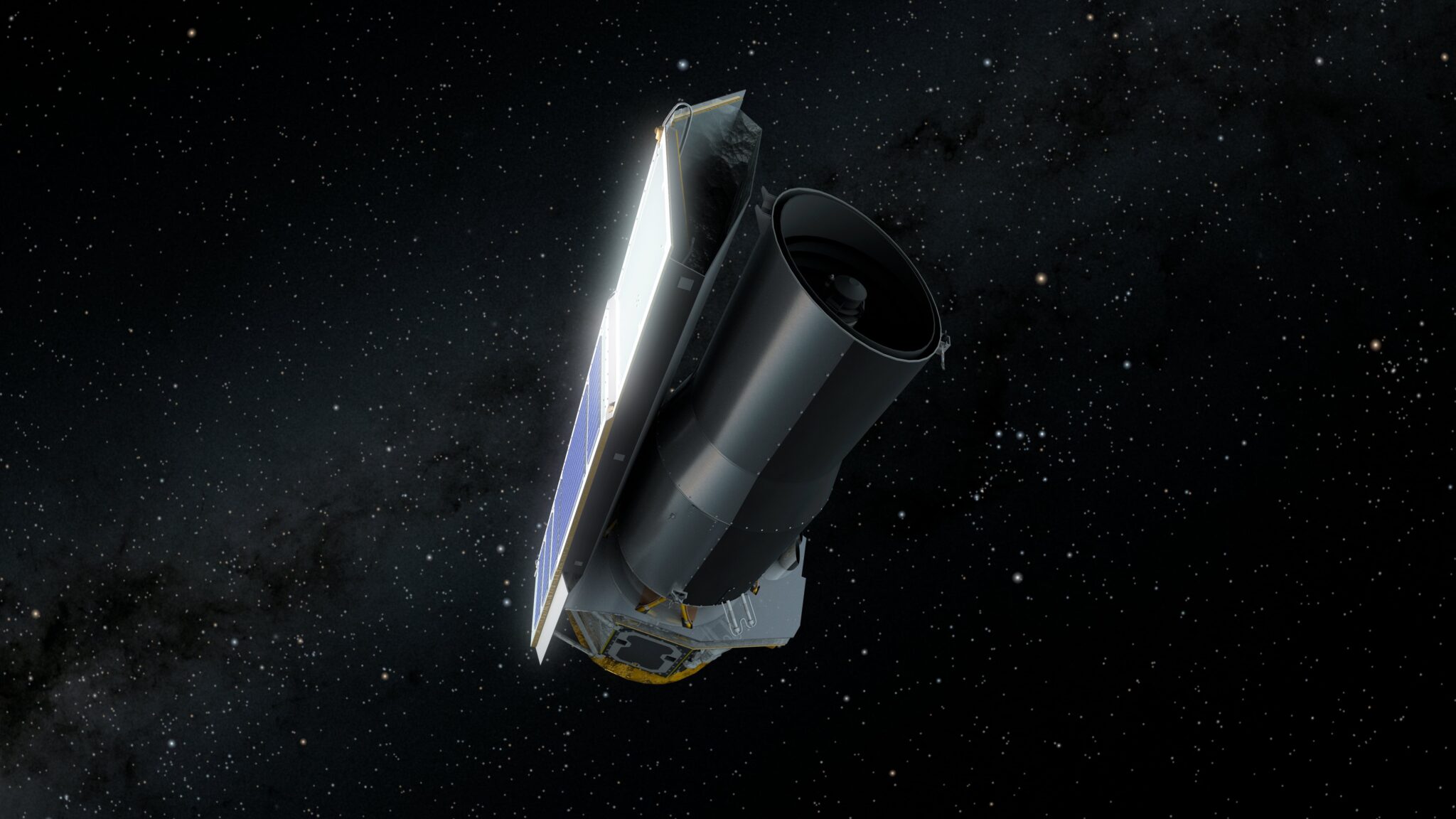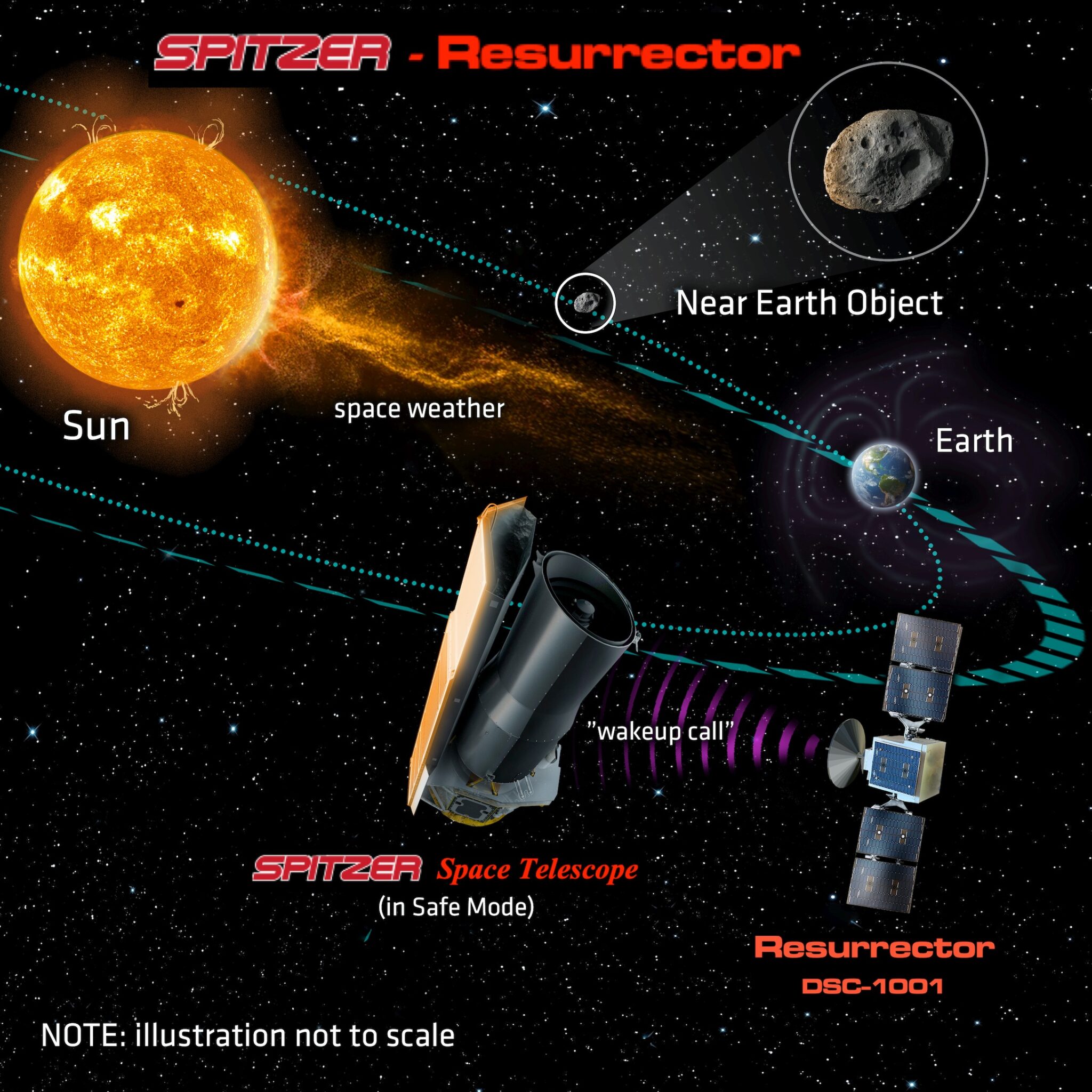Space startup Rhea Space Activity reports that it has received funding from the US Space Force to breathe new life into NASA’s Spitzer Space Telescope. This telescope was decommissioned three years ago; it orbits the Sun in a safe mode.

The startup plans to send a separate Spitzer Resurrector mission, which involves sending a spacecraft to the telescope for maintenance purposes. After repairs and improvements, Spitzer will get a completely new and exciting job. Instead of resuming space observation, the telescope is planned to be used to detect potentially dangerous near-Earth objects.
In other words, the company hopes to “resurrect” Spitzer to help humanity detect dangerous asteroids before it’s too late, as part of a plan to protect the Earth that involves the use of powerful hardware in orbit.
Ambitious rescue mission
Spitzer has 16 years of observing the Universe in infrared light. But at the beginning of 2020, its mission was temporarily discontinued, and later decommissioned altogether, as it was replaced by the James Webb Space Telescope in 2022.
Reviving a space telescope that has “retired” will not be an easy task. At the moment, it orbits the Sun at twice the distance between the Earth and the Sun. Also, technically, NASA cannot contact the telescope, which means that Rhea Space Activity will have to visit it using an autonomous spacecraft.

Fortunately, the startup has many well-known partners who help to implement its ambitious plan. For example, the Johns Hopkins University Applied Physics Laboratory and the aerospace giant Lockheed Martin are ready to implement the plan.
“This would be the most complex robotic mission ever performed by humanity. As a teenager in the 1990s I watched U.S. astronauts repair the Hubble Space Telescope (HST). And now Rhea Space Activity has been given the opportunity to telerobotically extend the life of the Spitzer Space Telescope,” said Shawn Usman, astrophysicist and CEO of Rhea Space Activity.

The startup hopes to start its mission by 2026, if everything goes according to plan, which is not a guarantee, given the technical difficulties involved.
According to Einpresswire
Follow us on Twitter to get the most interesting space news in time
https://twitter.com/ust_magazine
